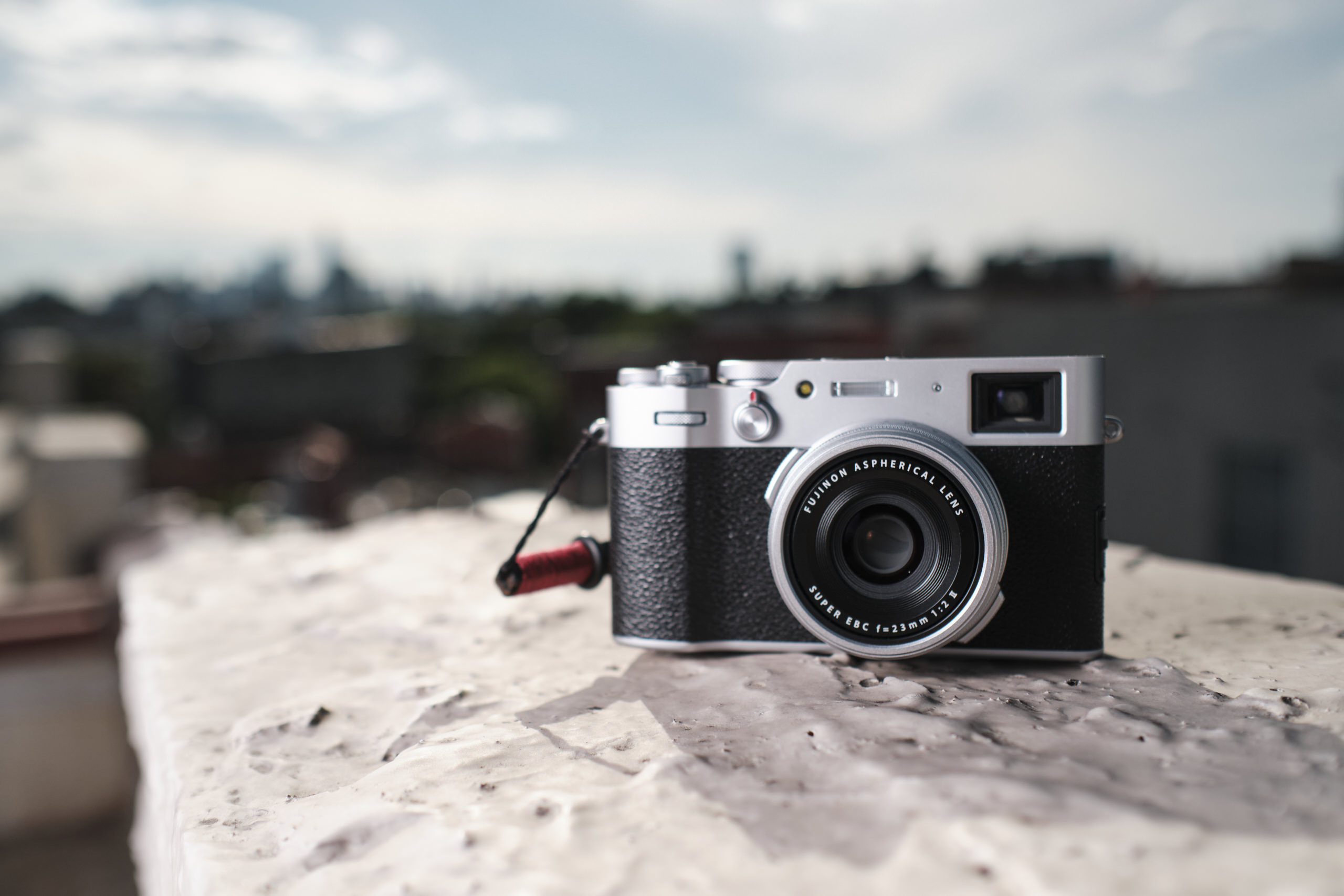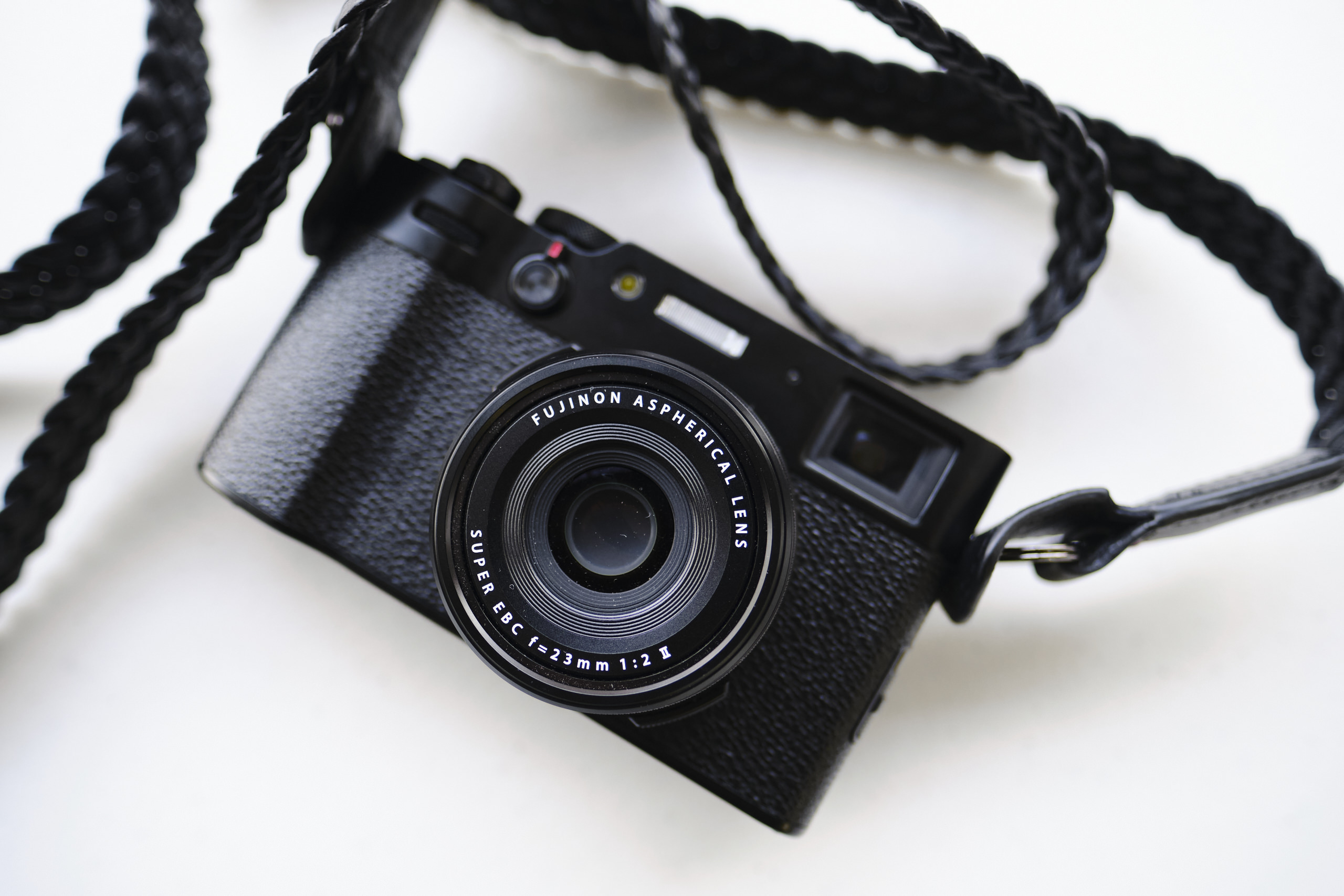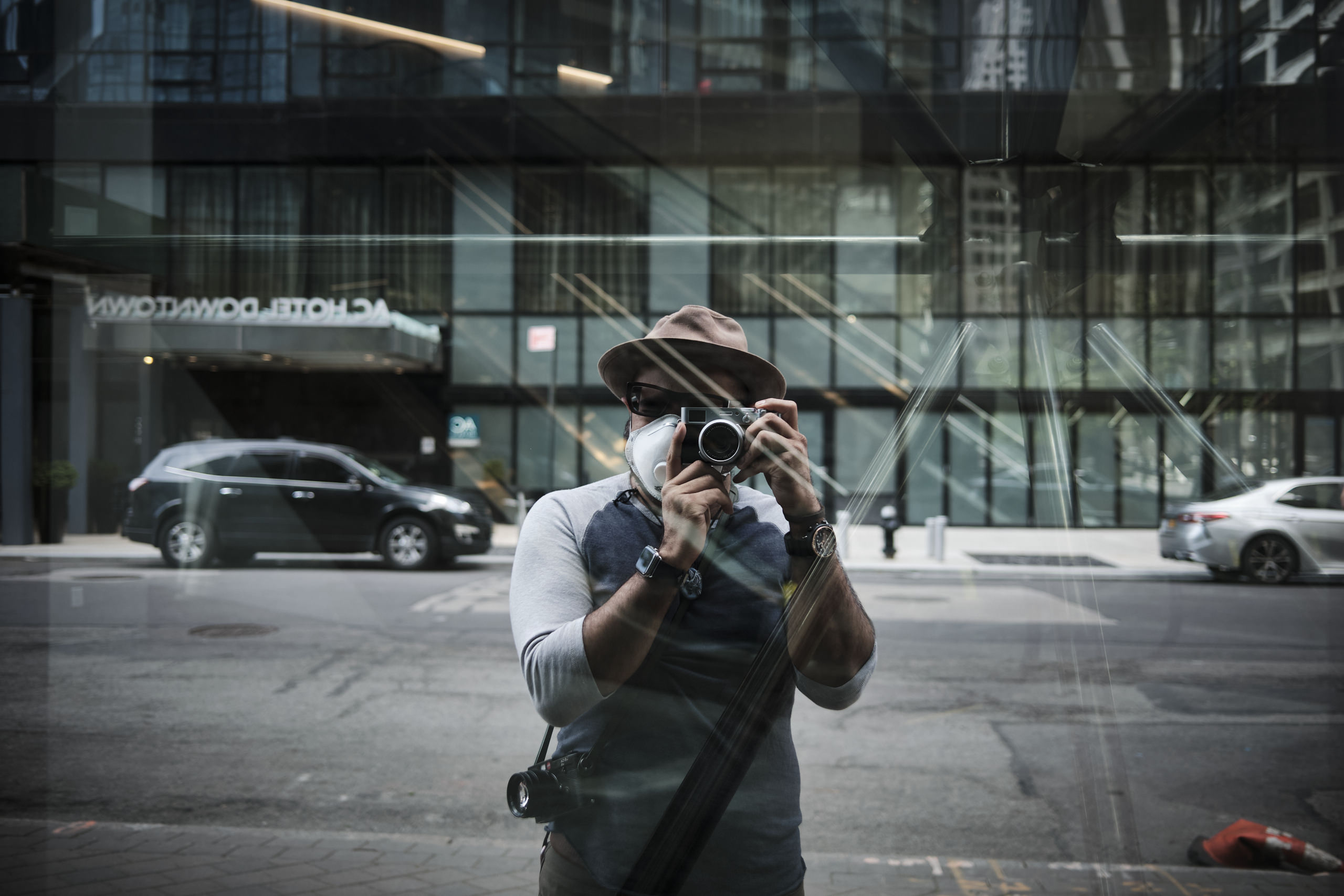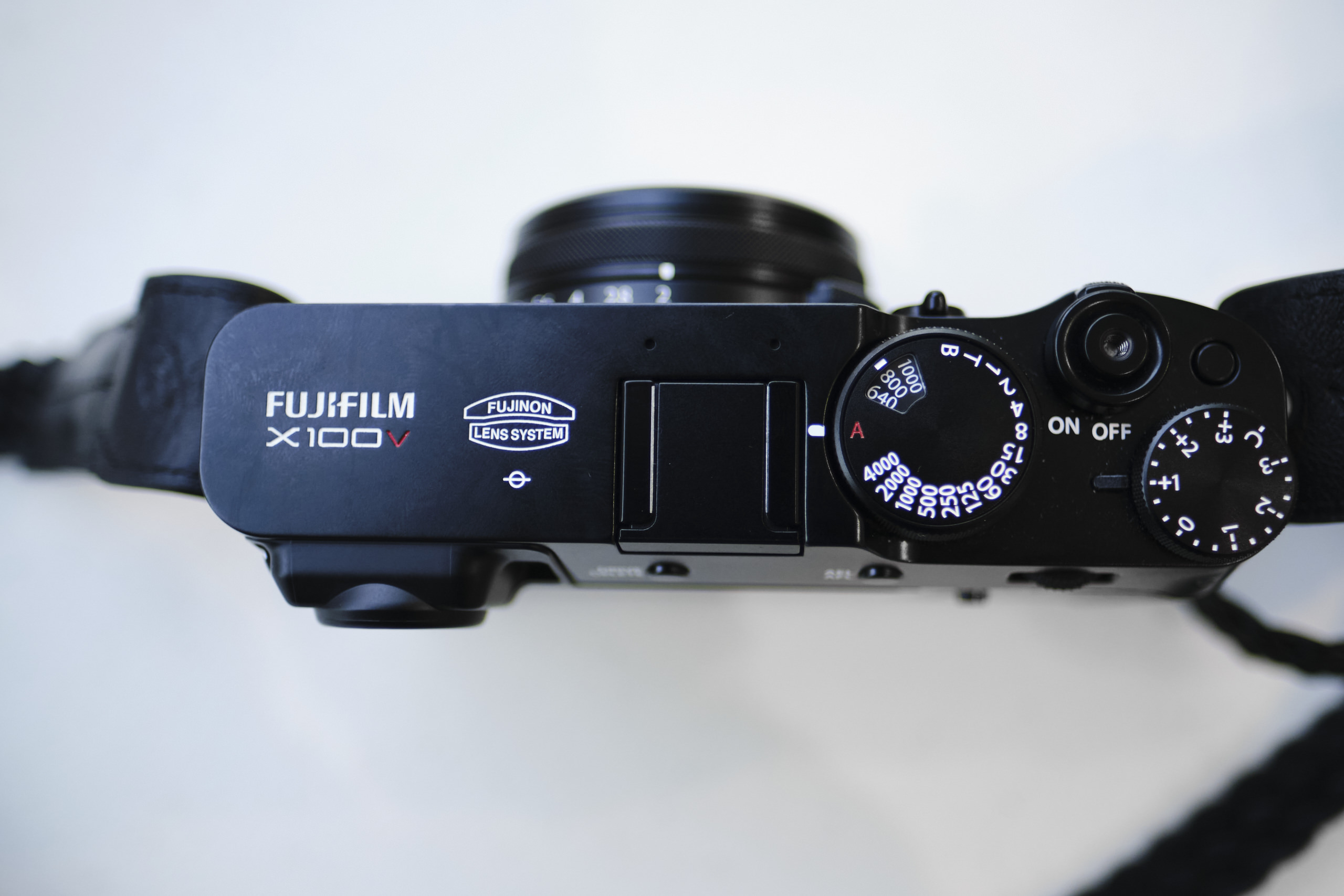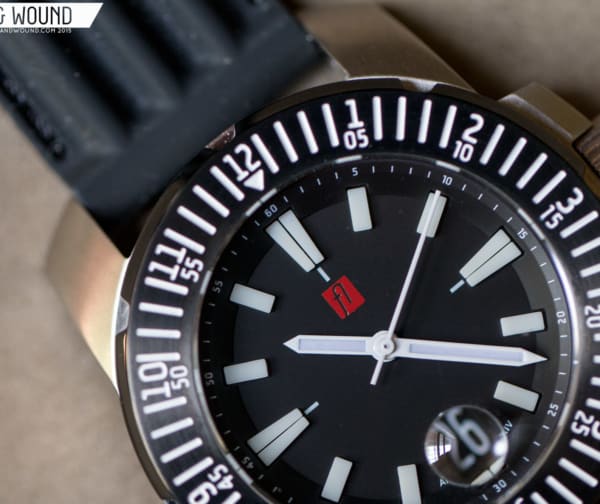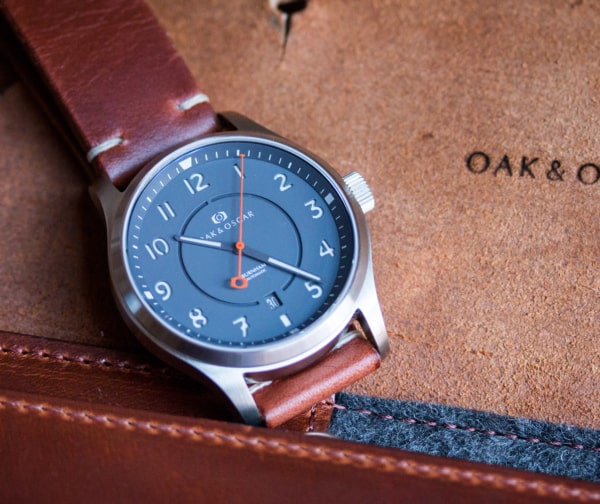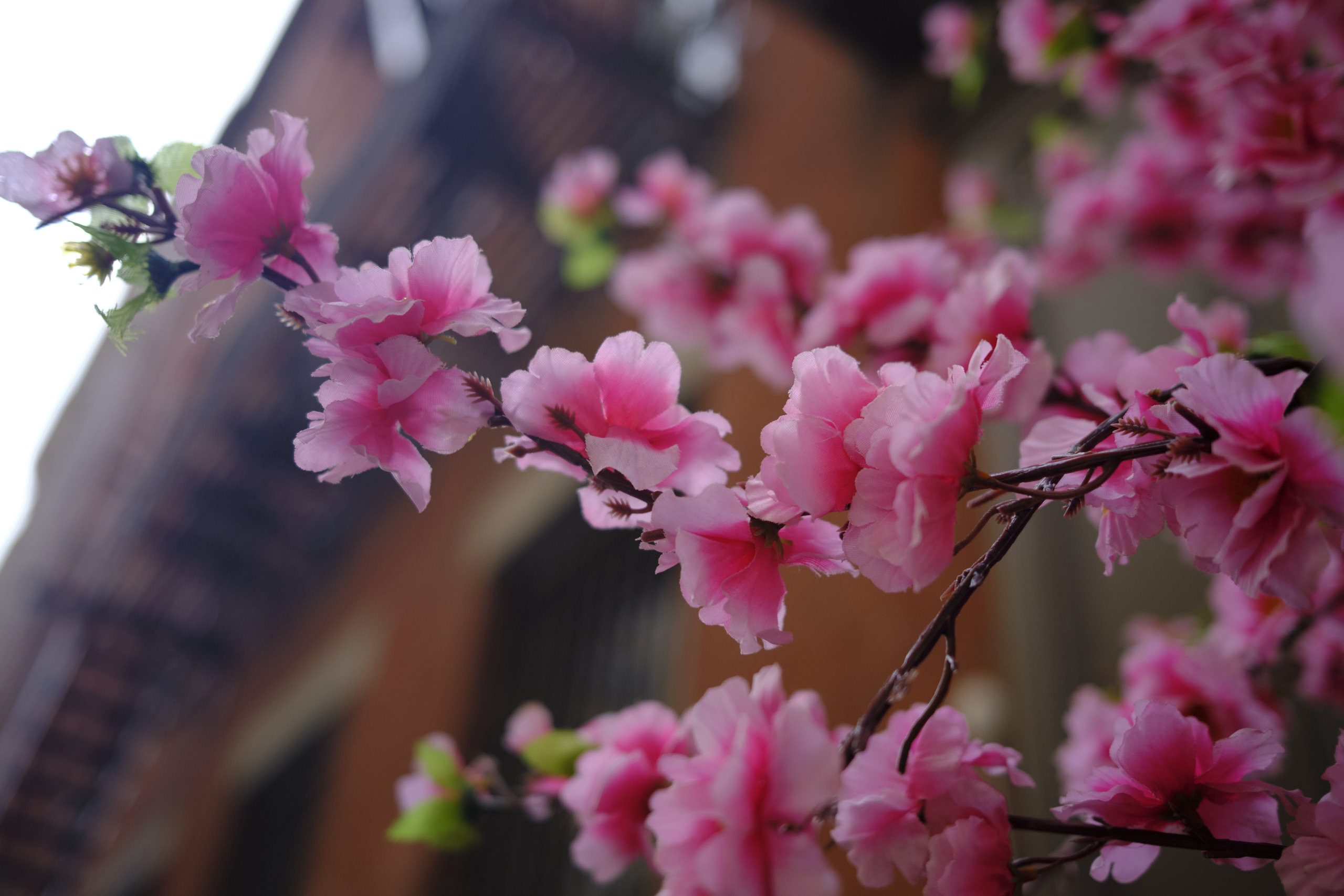Editor’s Note: Chris Gampat is a New York City based photographer who founded The Phoblographer in 2009, where he serves as Editor-in-Chief and Publisher.
Therapy is a beautiful thing – it’s why we have soul-soothing hobbies like horology. The winding action of a Seagull 1963’s crown is a meditative process that reminds us to sometimes slow down when the seconds of a day are still ticking away. It’s a lot like turning the shutter speed dial on a camera – except that those are broken down into fractions of a second.
Ask any photographer: if there were any iconic camera of recent years on the mind, it would be the Fujifilm X100v (MSRP $1399). Most of us appreciated it like a constant partner to walk hand in hand with as we documented everyday life. This appreciation spurred love letters and video vignettes by the TikTok community, of whom many perhaps discovered the deep love one can have for an aesthetic camera such as this. But can this romantic gem capture the moment that a watch lover can understand?
There’s an appreciation for mechanical devices that we establish through our hobbies and pastimes. That appreciation is realized when you pick up the Fujifilm X100v. In cold weather, it feels like a cold memory documenter that will be with you through the most beautiful moments of your vacation. Looking at the front, we’re immediately understanding the retro appeal. The iconic shape of the camera is recognizable by nearly anyone. It’s here that we also see the only aesthetic weak point of the camera: the front lens element. Put a lens filter on there, and you’ll complete the camera’s weather resistance to the elements – as long as all the flaps are closed.
The top of the camera is adorned with beautiful dials to change things like the shutter speed and ISO (light sensitivity). Spin it around and you’ll see the LCD screen, buttons, a joystick, and the viewfinder. This viewfinder is one of the most special on the market. It lets you see the world in front of you with an augmented reality control overlay. With the flick of a switch on the front of the Fujifilm x100v, you can see the camera’s artistic interpretation of how the world looks in front of you.
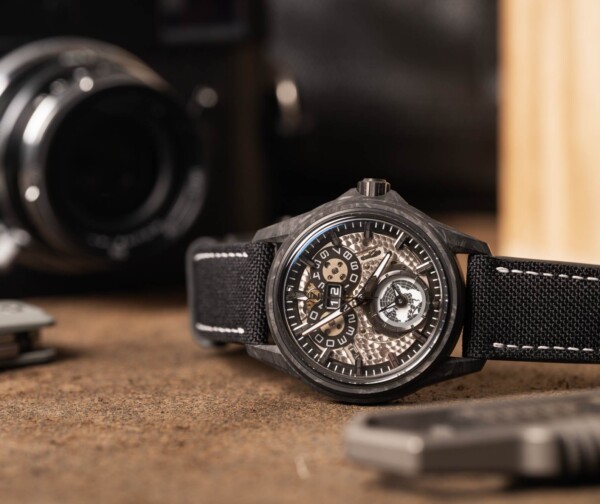



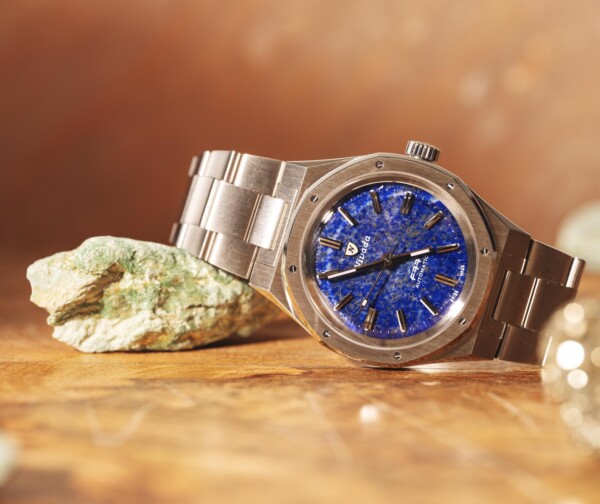




 Featured Videos
Featured Videos




